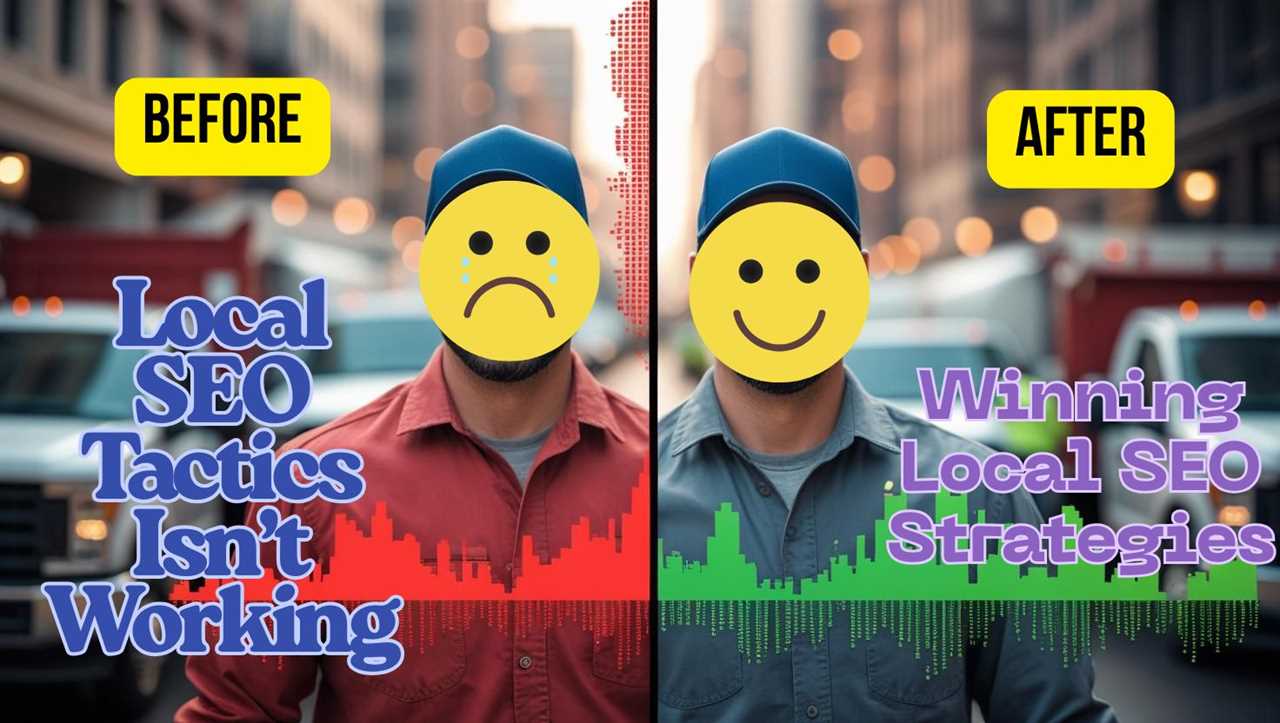
I rank local businesses so fast that people often think I hacked Google. And honestly, I kind of get it.
I understand why.
When you move a local business from position 3.36 to 1.23 in just two weeks, that doesn’t look normal. It looks suspicious. It looks like you’ve got a secret code, a hidden backdoor, a cheat sheet nobody else has.
But I didn’t hack anything. I simply gave Google exactly what it wanted.
Why Most Agencies Fail at Local SEO
Here’s the truth: most agencies apply regular SEO tactics to local search. That’s a recipe for disappointment.
They promise six-month timelines. They drown clients in endless blog posts. They build backlinks nobody clicks. And while the months drag on, the business bleeds money.
Employees sit idle. Trucks stay parked. The phone doesn’t ring.
That HVAC contractor in Kansas City? He had three technicians waiting for jobs. Truck payments piling up. A frustrated spouse wondering why “the SEO guy” wasn’t moving the needle.
Sound familiar?
Google’s Local Algorithm Thinks Differently
Traditional SEO focuses on keywords, backlinks, and content. But Google’s local algorithm is trying to solve a different problem:
When someone searches “HVAC near me”, Google isn’t looking for the company with the best blog about air conditioners.
It’s looking for proof. Proof that you’re real. Proof that you serve the area. Proof that other local entities recognize you.
Miss any of these three, and you’ll be invisible. Position four may as well be position forty.
The Five-Step System That Changed Everything
I developed a five-step system that flips the script. It ranks local businesses in two weeks instead of six months. No hacks. No tricks. Just alignment with what Google actually wants.
Here’s how it works:
Step 1: Build the “Core 30” Pages
Most businesses have five pages. Some have 300. Both are wrong.
The magic number? Thirty.
One page for every service. One page for every category. Each perfectly mirroring your Google Business Profile.
If your GBP says air conditioning repair, your page must say air conditioning repair. Character for character. City included.
This creates one-to-one alignment. Google sees your site and your profile talking in sync. That’s trust. That’s confidence. That’s rankings.
Step 2: Use AI to Write Localized Content
Not fluffy blogs. Not generic advice.
Real, hyper-local content. Pages that mention neighborhoods, local weather patterns, building codes, and city-specific needs.
AI makes this scalable. But don’t just post AI text and call it a day. That’s where most agencies fail.
Step 3: Validate Content With Links
Google doesn’t punish AI. It punishes low-quality content.
That’s why every new page needs at least one external link. Not expensive. Not hundreds. Just enough to prove the page has value.
Most competitors skip this because it’s harder. Which is why they lose.
Step 4: Super Citations
Regular citations? Everybody does them.
But Google loves super citations — the kind that require verification. Apple Maps. Bing Places. Even car navigation systems.
These aren’t just powerful for rankings. They also help AI assistants like ChatGPT recommend your business when people ask for local services.
Step 5: Earn Real Local Links
Finally, the game-changer: Local trust signals.
Sponsor a youth team. Join the Chamber of Commerce. Support a city event.
These aren’t just PR moves. They’re algorithm accelerators. They prove you’re embedded in the community. And nothing builds trust faster.
Case Study: The Kansas City HVAC Contractor
Before the system:
Average position 3.36.
Barely visible outside one neighborhood.
Three techs with no work.
After two weeks:
Green dots across the ranking map.
Phones ringing nonstop.
Fully booked for weeks.
His wife went from doubting SEO… to asking if they should hire more employees.
And we didn’t write a single blog post. Didn’t build hundreds of backlinks. Didn’t game the system.
We simply gave Google exactly what it wanted.
Why Speed Matters
Six months is too long. A business can’t bleed for half a year waiting on “maybe.”
With this system, results come in two weeks. That’s not just faster. It’s survival.
And when you can deliver that kind of speed, you don’t just help businesses — you change lives.
The Bigger Picture
I’ve run a seven-figure SEO agency since 2016. Hundreds of businesses. Dozens of industries. One universal truth:
Local SEO is not regular SEO. Different rules. Different proof. Different results.
Most agencies miss this. That’s why they lose.
But if you understand what Google really wants? You don’t just rank businesses. You make them thrive.
And no, you didn’t hack Google. You simply listened.
If you found this article helpful, please share it so others can benefit too. Be sure to keep an eye out for more upcoming posts packed with powerful SEO tips and strategies. In the meantime, feel free to explore our other articles to deepen your knowledge and stay ahead of the curve: What is generative engine optimization (GEO)?






